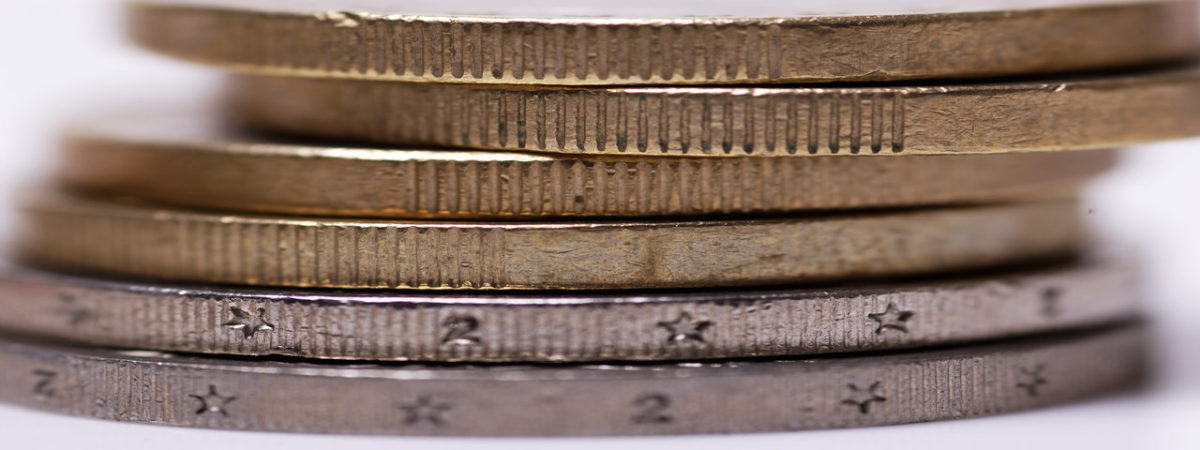New research finds Fair Trade movement is a distraction, not a solution
SUGGESTED

Prof Philip Booth comments on the VAT rise

Prof Philip Booth calls for reform of the labour market

A new publication from the IEA
- Fair Trade’s selling point to customers is that by paying a premium and buying certified products they will help producers in developing countries. Although at the margins this may be true, research shows that fair trade is not a strategy for long-term development – conventional trade is often more effective. Yet campaigners expend a huge amount of time and resource into persuading people that Fair Trade is more successful than conventional trade in helping those in the poorest countries.
- Fair Trade is not a long-term development strategy and the model is not appropriate for all producers. Fair Trade’s proponents need to adopt some humility and accept that it is a niche market designed to benefit some producers; and is only capable of achieving a very limited objective.
- It is likely that producers end up with only a small fraction of the extra margin consumers pay. Other than with wholly inadequate case studies, Fair Trade promoters have never demonstrated how much of the additional price actually reaches producers. Even analysts sympathetic to the movement have suggested that only 25% of the premium reaches producers. No study ever produced has shown that the benefit to producers anything like matches the price premium paid.
- In the UK, the top Fair Trade consuming market, Fair Trade labelled produce made up less than 0.5% of food and non-alcoholic drinks sales in 2007, so the overall contribution to the poor is tiny.
- Fair Trade doesn’t benefit the poorest producers due to heavy administration requirements and fees involved in becoming a certified producer. (The certification charge starts at $1,570 in the first year – an unaffordable sum for most producers in the poorest countries).
- Fair Trade does not focus on the poorest countries. Fair Trade penetration is greater in middle income countries, rather than in poor ones. The top four nations by Fair Trade certified producers in 2007 were Mexico, Colombia, Peru and South Africa. These nations had an average GDP per capita of $4,790 in 2007. The thirteen nations with only one Fair Trade certified producer had average GDP per capita of just $2,807 in 2007. Coffee-producing countries with no Fair Trade producers have an even lower average GDP per head. Most significantly, using data from 2005–07 for Fair Trade exports to the USA, it is not possible to find any significant negative relationship between national income per head or poverty and Fair Trade penetration.
- Fair Trade’s demand of exclusivity from schools etc. can damage other social labelling initiatives such as the Rainforest Alliance. Other such labelling initiatives often provide environmental and social benefits in a more direct way.
- Fair Trade’s consumers are given the impression that Fair Trade guarantees the price paid to producers. It does not however, guarantee the quantity of produce that will be bought. Fair Trade has never been tested in adverse market conditions – the very conditions in which it is designed to help producers.
- Fair Trade’s requirements and the administrative burdens it imposes on poor producers often better reflect the prejudices of western consumers than the real needs of poor producers.
Philip Booth, Editorial and Programme Director at the IEA said:
“Proponents of Fair Trade are guilty of overstating the impact of their movement. Fair Trade products can squeeze out from the market other socially labelled products and place heavy burdens on companies when it comes to certification. In the long term helping those struggling in the poorest countries requires much more radical reform from within. Fair Trade is a niche part of the trade system and it should not be the focus of so much attention. Lifting communities out of poverty means allowing free trade to drive development and growth.”
Notes to Editors
To arrange an interview with Mark Littlewood, IEA Director General or Prof. Philip Booth, IEA Editorial Director, please contact Stephanie Lis, Communications Manager, 077 5171 7781, 020 7799 8900, slis@iea.org.uk.
The full report Fair Trade without the Froth: A Dispassionate Economic Analysis of “Fair Trade” by Sushil Mohan can be downloaded here.
The mission of the Institute of Economic Affairs is to improve understanding of the fundamental institutions of a free society by analysing and expounding the role of markets in solving economic and social problems. The IEA is a registered educational charity and independent of all political parties.



